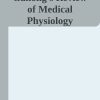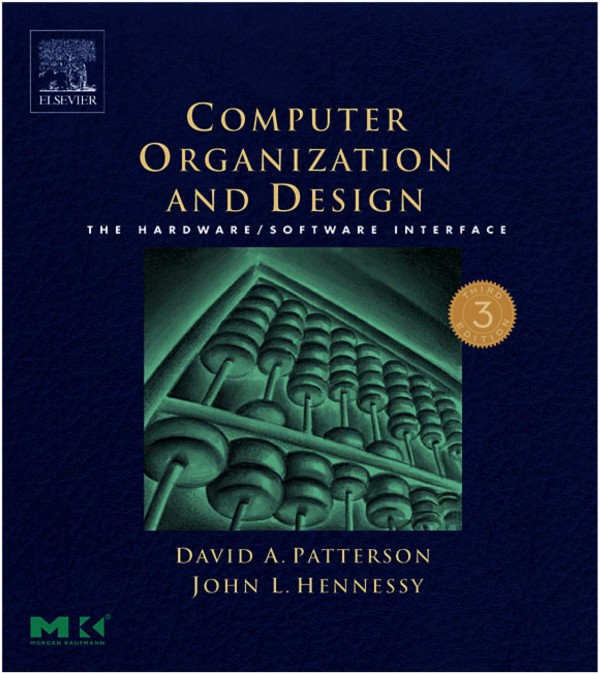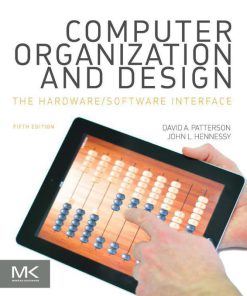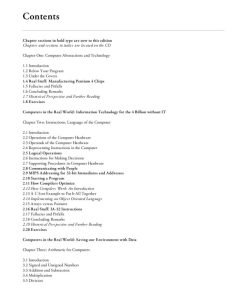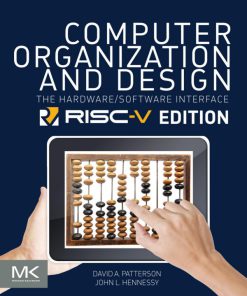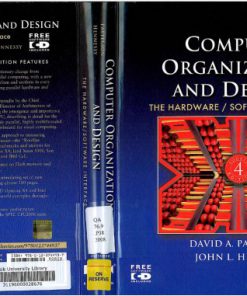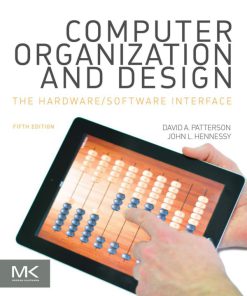Computer Organization and Design The Hardware Software Interface 3rd Edition by David A Patterson, John L Hennessy ISBN 9781558606043
Original price was: $50.00.$25.00Current price is: $25.00.
Authors:David A. Patterson; John L. Hennessy , Series:IT & Computer [438] , Tags:Computers; Computer Architecture; Technology & Engineering; Electrical , Author sort:Patterson, David A. & Hennessy, John L. , Ids:Google; 9780124078864 , Languages:Languages:eng , Published:Published:Sep 2013 , Publisher:Newnes , Comments:Comments:Computer Organization and Design, Fifth Edition, is the latest update to the classic introduction to computer organization. The text now contains new examples and material highlighting the emergence of mobile computing and the cloud. It explores this generational change with updated content featuring tablet computers, cloud infrastructure, and the ARM (mobile computing devices) and x86 (cloud computing) architectures. The book uses a MIPS processor core to present the fundamentals of hardware technologies, assembly language, computer arithmetic, pipelining, memory hierarchies and I/O.Because an understanding of modern hardware is essential to achieving good performance and energy efficiency, this edition adds a new concrete example, Going Faster, used throughout the text to demonstrate extremely effective optimization techniques. There is also a new discussion of the Eight Great Ideas of computer architecture. Parallelism is examined in depth with examples and content highlighting parallel hardware and software topics. The book features the Intel Core i7, ARM Cortex-A8 and NVIDIA Fermi GPU as real-world examples, along with a full set of updated and improved exercises.This new edition is an ideal resource for professional digital system designers, programmers, application developers, and system software developers. It will also be of interest to undergraduate students in Computer Science, Computer Engineering and Electrical Engineering courses in Computer Organization, Computer Design, ranging from Sophomore required courses to Senior Electives. Winner of a 2014 Texty Award from the Text and Academic Authors Association Includes new examples, exercises, and material highlighting the emergence of mobile computing and the cloud Covers parallelism in depth with examples and content highlighting parallel hardware and software topics Features the Intel Core i7, ARM Cortex-A8 and NVIDIA Fermi GPU as real-world examples throughout the book Adds a new concrete example, “Going Faster,” to demonstrate how understanding hardware can inspire software optimizations that improve performance by 200 times Discusses and highlights the “Eight Great Ideas” of computer architecture: Performance via Parallelism; Performance via Pipelining; Performance via Prediction; Design for Moore’s Law; Hierarchy of Memories; Abstraction to Simplify Design; Make the Common Case Fast; and Dependability via Redundancy Includes a full set of updated and improved exercises



